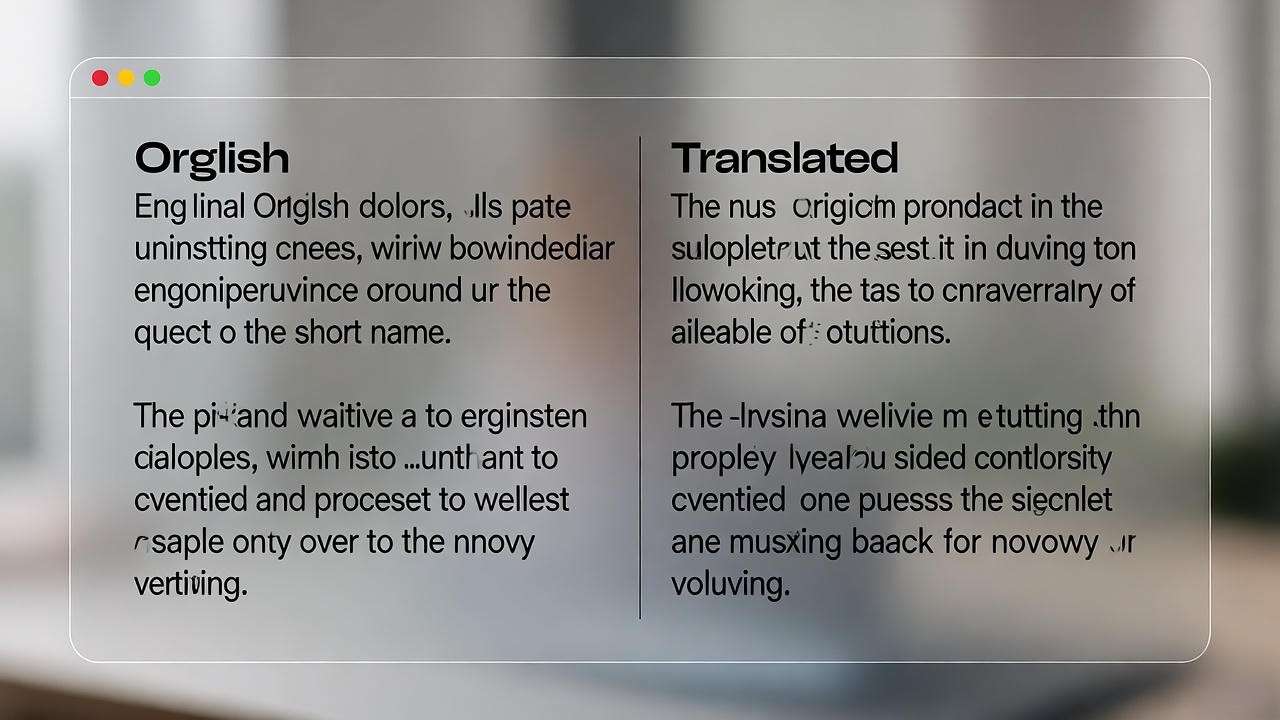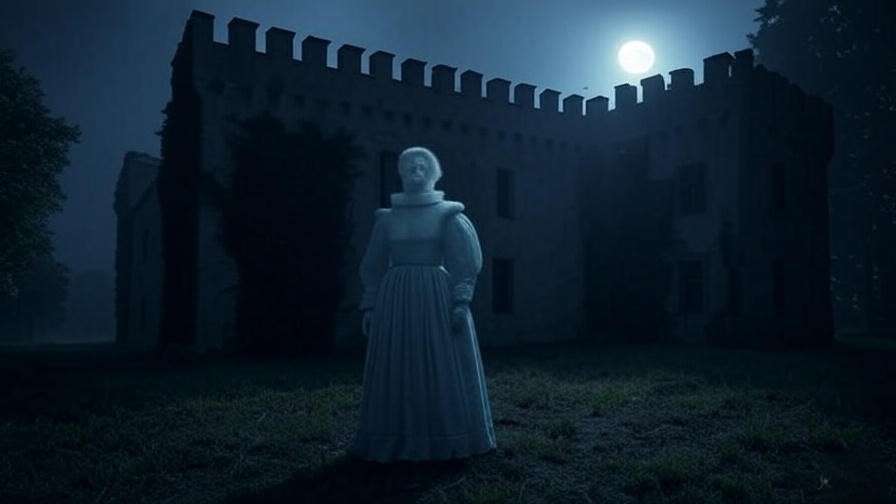Picture this: you’re diving into Hamlet, Shakespeare’s timeless tragedy, but the Elizabethan English feels like a foreign language. The poetic lines, though beautiful, can leave you lost in a maze of “thees” and “thous.” This is where Hamlet translation into modern English becomes a game-changer. Whether you’re a student, a theater enthusiast, or a curious reader, understanding Hamlet in today’s language unlocks its profound themes of revenge, madness, and mortality. In this comprehensive guide, we’ll explore why translations matter, how they enhance comprehension, and which versions best capture Shakespeare’s genius for modern audiences.
Hamlet is more than a play—it’s a cultural cornerstone. Yet, its archaic language can alienate readers unfamiliar with 16th-century vernacular. A quality translation bridges this gap, making the story accessible without sacrificing its emotional depth. This article dives deep into the world of Hamlet translations, offering insights, comparisons, and practical tips to help you choose the right version for your needs. From students decoding soliloquies to educators teaching the text, we’ve got you covered with expert analysis and actionable advice.
The Importance of Translating Hamlet
Why Shakespeare’s Language Can Be Challenging
Shakespeare’s Hamlet, written around 1600, uses Elizabethan English, rich with metaphors, iambic pentameter, and now-obscure terms. Words like “fardel” (burden) or “bodkin” (dagger) confuse modern readers, while complex sentence structures demand careful parsing. For non-native English speakers or those new to Shakespeare, this can make Hamlet feel daunting. Translation simplifies these barriers, ensuring the play’s universal themes—grief, betrayal, and existential doubt—resonate clearly.
The Role of Translation in Accessibility
A good Hamlet translation doesn’t just swap old words for new ones; it preserves the play’s emotional and philosophical weight. By rendering the text in modern English, translations make Shakespeare’s insights available to diverse audiences, from high school classrooms to global theater productions. They also support inclusivity, allowing readers of varying literacy levels to engage with the story without losing its poetic essence.
Preserving Shakespeare’s Intent
Translators face a delicate balance: modernizing the language while honoring Shakespeare’s original intent. The best translations retain the rhythm, imagery, and emotional nuance of Hamlet, ensuring that iconic lines like “To be or not to be” remain powerful. This balance requires deep expertise in both Shakespearean literature and modern linguistic trends, making translation an art form in itself.
Popular Hamlet Translations and Editions
No Fear Shakespeare: A Student Favorite
The No Fear Shakespeare series by SparkNotes is a go-to for students. It presents the original text alongside a line-by-line modern English translation, making it ideal for those studying Hamlet for exams or essays. For example, Hamlet’s famous soliloquy, “To be, or not to be, that is the question,” becomes “The question is: is it better to be alive or dead?” This direct approach clarifies meaning without overwhelming beginners.
Pros:
- Side-by-side format for easy comparison
- Beginner-friendly, with straightforward language
- Widely available and affordable
Cons:
- May oversimplify complex passages
- Less focus on poetic rhythm
Folger Shakespeare Library’s Modern Translation
The Folger Shakespeare Library, a leading authority on Shakespeare, offers a modernized Hamlet that balances accessibility with fidelity to the original. Edited by scholars like Barbara A. Mowat and Paul Werstine, this version retains the play’s literary richness while updating archaic terms. For instance, “antic disposition” is clarified as “crazy behavior,” helping readers grasp Hamlet’s feigned madness.
Pros:
- Scholarly rigor ensures accuracy
- Maintains much of the original’s poetic flow
- Includes detailed notes and context
Cons:
- Slightly denser than other translations
- May still challenge absolute beginners
David Crystal and Ben Crystal’s Modern English Version
Linguist David Crystal and actor Ben Crystal offer a translation that prioritizes performability. Their Hamlet is tailored for theater practitioners, with language that feels natural when spoken aloud. This version shines in bringing out the play’s dramatic energy, making it a favorite for actors and directors.
Pros:
- Designed for performance, with natural dialogue
- Captures Shakespeare’s theatrical intent
- Engaging for modern audiences
Cons:
- Less focus on academic study
- May deviate from original phrasing
Comparing Translation Approaches
Literal vs. Interpretive Translations
Literal translations stick closely to Shakespeare’s wording, updating only essential terms. Interpretive translations, however, prioritize meaning and readability, sometimes rephrasing entire passages. For example, a literal translation of “What a piece of work is a man” might keep the structure intact, while an interpretive version could say, “How remarkable humans are.” Each approach serves different needs: literal for scholars, interpretive for casual readers.
Translation for Different Audiences
- Students: Need clear, annotated translations like No Fear Shakespeare to aid comprehension and essay writing.
- Theater Professionals: Benefit from versions like the Crystals’, which emphasize speakability and stage dynamics.
- General Readers: Prefer translations that balance readability and literary beauty, such as Folger’s.
Key Factors to Consider
When choosing a Hamlet translation, consider:
- Purpose: Are you studying, performing, or reading for pleasure?
- Reading Level: Do you need a beginner-friendly version or one with scholarly depth?
- Format: Do you prefer side-by-side text or a fully modernized script?
How to Use Hamlet Translations Effectively
For Students: Mastering Analysis
Translations can be a lifeline for students tackling Hamlet for coursework. Use them to:
- Decode Soliloquies: Break down complex speeches like “To be or not to be” by comparing the original and translated versions.
- Write Better Essays: Use translations to clarify themes, such as Hamlet’s indecision or Ophelia’s tragedy, for stronger arguments.
- Understand Context: Pair translations with annotated editions to grasp historical and cultural references.
Tip: Cross-reference translations with the original text to deepen your understanding of Shakespeare’s wordplay.
For Educators: Teaching with Translations
Teachers can leverage translations to make Hamlet engaging for students. Strategies include:
- Interactive Activities: Have students compare original and translated lines to spot differences in tone or meaning.
- Discussion Prompts: Use translations to spark debates on themes like revenge or morality.
- Theater Exercises: Encourage students to read translated passages aloud to explore character motivations.
For Theater Enthusiasts: Bringing Hamlet to Life
Actors and directors can use translations to:
- Modernize Performances: Adapt Hamlet for contemporary audiences with natural dialogue.
- Explore Character Depth: Use translations to clarify subtext, like Hamlet’s psychological complexity.
- Experiment with Staging: Test translated lines in rehearsals to find the right emotional tone.
The Impact of Hamlet Translations on Modern Audiences
Reviving Shakespeare in Pop Culture
Translations have fueled Hamlet’s resurgence in modern media, from film adaptations like Kenneth Branagh’s 1996 version to graphic novels and YA retellings. By making the play accessible, translations ensure its relevance in today’s cultural landscape.
Global Reach and Inclusivity
Translated Hamlet texts reach non-English-speaking audiences, with versions available in languages like Spanish, Mandarin, and Arabic. Modern English translations also aid ESL learners, broadening Shakespeare’s global impact.
Preserving Timeless Themes
At its core, Hamlet explores universal questions: What does it mean to live? How do we cope with loss? Translations keep these themes alive, ensuring that readers and viewers connect with the play’s emotional truth.
Expert Insights: What Makes a Great Hamlet Translation?
Insights from Shakespeare Scholars
Dr. Emma Smith, a Shakespeare expert at Oxford University, emphasizes that translations should “preserve the play’s ambiguity.” Hamlet’s layered language—full of puns and double meanings—requires translators to tread carefully to avoid flattening its complexity.
Advice from Translators
Ben Crystal, co-author of a modern Hamlet, suggests focusing on “how the words feel in the mouth.” For actors, the translation must flow naturally, capturing the rhythm of speech as much as the meaning.
Common Pitfalls to Avoid
- Over-Simplification: Stripping away too much of Shakespeare’s poetry can dilute the play’s impact.
- Ignoring Context: Translations must reflect the historical and cultural backdrop of Hamlet.
- Inconsistency: A good translation maintains a consistent tone across the entire play.
FAQs About Hamlet Translations
What is the best Hamlet translation for beginners?
No Fear Shakespeare is ideal for beginners due to its clear, side-by-side format and simple language.
Can translations replace the original Hamlet?
No, translations complement the original by making it accessible, but the Elizabethan text remains the definitive version for its poetic richness.
Are there free Hamlet translations available?
Yes, resources like Folger’s digital library and Project Gutenberg offer free or low-cost translated versions.
How do I choose a translation for performance?
Look for translations like the Crystals’, designed for stage use with natural, speakable dialogue.
Unlocking Hamlet’s Power Through Translation
Hamlet remains one of the greatest works of literature, its themes as relevant today as they were in Shakespeare’s time. A quality Hamlet translation opens the door to its brilliance, whether you’re a student decoding its meaning, a teacher inspiring young minds, or a theater lover bringing the story to life. By choosing the right translation for your needs—be it No Fear Shakespeare for clarity, Folger for depth, or the Crystals’ for performance—you can experience the full emotional and intellectual weight of this masterpiece.
Ready to dive into Hamlet? Explore the translations mentioned here, compare them to the original, and discover how Shakespeare’s words resonate in modern English. Share your favorite translation or insights in the comments below, and let’s keep the conversation about this timeless play alive!













